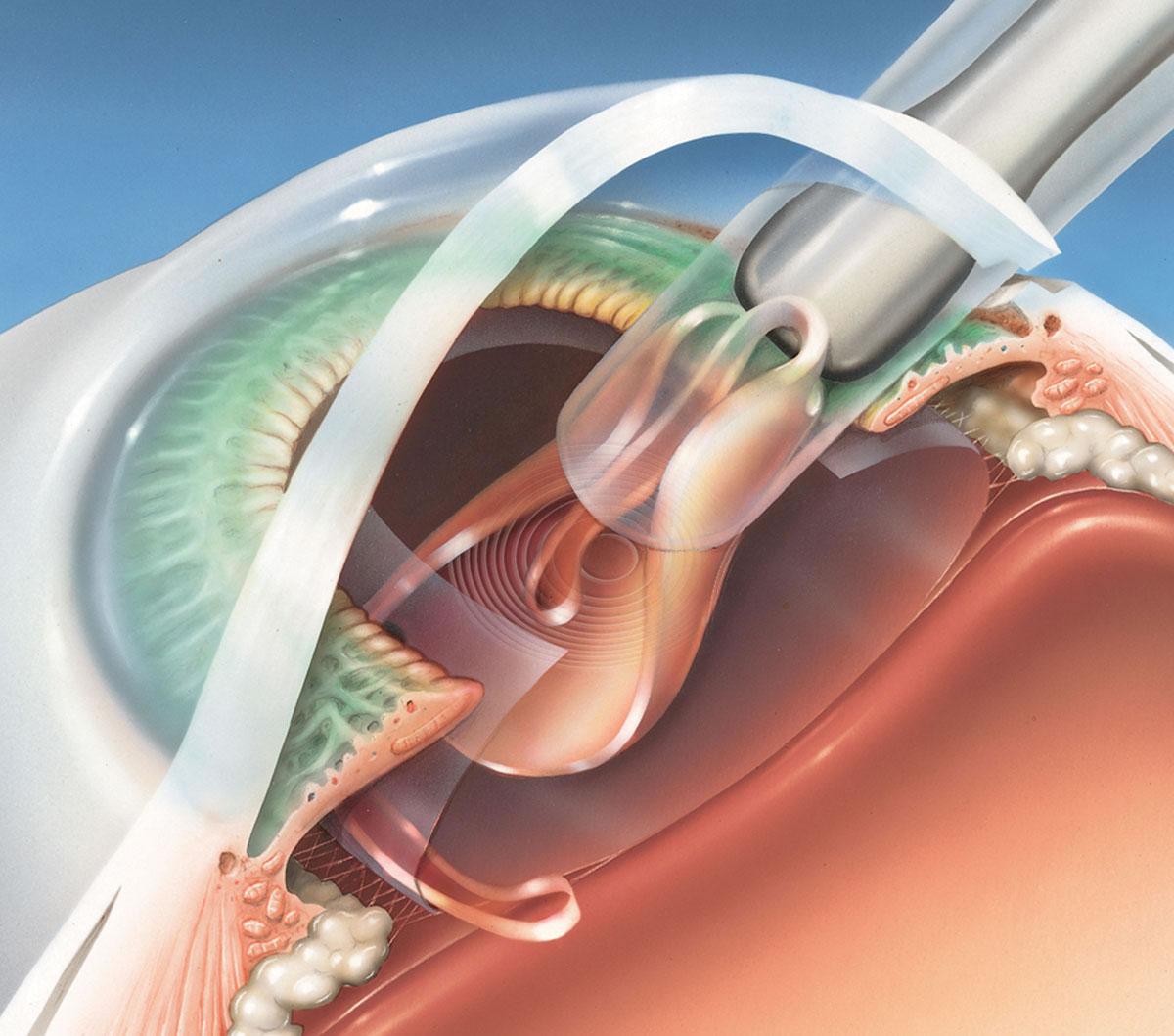Day of Cataract Surgery
 Cataract surgery is outpatient surgery that usually takes 20-30 minutes to perform. Eye drops placed in your eye dilate your pupil. You’ll receive anesthetic eye drops to numb the eye and you may be given a sedative to help you relax. You are awake but sedated and comfortable during surgery.
Cataract surgery is outpatient surgery that usually takes 20-30 minutes to perform. Eye drops placed in your eye dilate your pupil. You’ll receive anesthetic eye drops to numb the eye and you may be given a sedative to help you relax. You are awake but sedated and comfortable during surgery.
During cataract surgery the clouded lens is removed and a clear artificial lens is implanted. In some cases, however, a cataract may be removed without implanting an artificial lens. This implant, known as an intraocular lens (IOL), is made of plastic, acrylic or silicone. You won’t be able to see or feel the lens. It requires no care and becomes a permanent part of your eye.
Most surgeons leave a patch or shield over the eye for one night. Eye drops are started either the day of surgery or the following day. After cataract surgery, expect your vision to begin improving within a few days. Your vision may be blurry at first as your eye heals and adjusts.
You will see your eye surgeon the next day, the following week and then again after a month to monitor healing. It’s normal to feel itching and mild discomfort for a couple of days after surgery. Avoid rubbing or pressing on your eye. Your doctor may ask you to wear an eye patch or protective shield the day of surgery.
Your eye surgeon may prescribe eye drops or other medication to prevent infection, reduce inflammation and control eye pressure. After a couple of days, all discomfort should disappear. Often, complete healing occurs within a few weeks. Contact our office immediately if you experience any of the following:
- Vision loss
- Pain that persists despite the use of over-the-counter pain medications
- Increased eye redness
- Light flashes or multiple spots (floaters) in front of your eye
- Nausea, vomiting or excessive coughing

